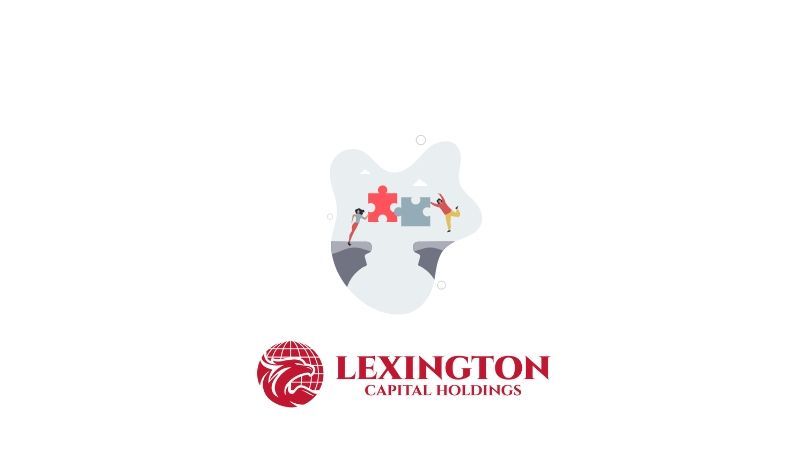New Tariffs Are Coming—Here’s What Business Owners Need to Know and How to Prepare
New Tariffs Are Coming—Here’s What Business Owners Need to Know and How to Prepare
As new tariffs roll out across key imports, business owners across industries are bracing for impact. Whether you're in manufacturing, retail, construction, or distribution—these policy changes will likely touch some part of your supply chain, pricing structure, or production process.
Understanding what these tariffs mean for your business—and how to stay ahead—is more important than ever.
🔍 What Are the New Tariffs?
The U.S. government has recently implemented a fresh wave of tariffs on imported goods, particularly from regions such as China and parts of Southeast Asia. These tariffs affect a wide range of products, including:
- Electronics and tech components
- Machinery and manufacturing equipment
- Automotive parts
- Steel and aluminum
- Consumer goods like appliances and tools
The purpose? To strengthen domestic manufacturing and level the playing field. But for business owners, it often means increased costs and disrupted timelines.
💥 How Will This Affect Your Business?
Even if you don’t directly import goods, your business could still feel the ripple effects. Here’s how:
1. Higher Prices on Materials or Inventory Tariffs often lead to increased costs for wholesalers, which get passed down to business owners purchasing equipment, parts, or inventory.
2. Delayed Shipments & Supply Chain Disruption Customs slowdowns, longer lead times, and re-routing of orders may impact your ability to meet deadlines or maintain consistent stock.
3. Budget Adjustments & Margin Pressure Rising input costs can squeeze profit margins, especially for businesses operating on fixed-price contracts or in competitive markets.
4. Changing Vendor Relationships Some suppliers may increase prices or even change terms. You might need to renegotiate, find alternatives, or diversify sourcing.
✅ How Business Owners Can Prepare
Now’s the time to act—not react. Here are smart steps to get in front of these changes:
1. Review Your Supply Chain Identify what materials or products could be impacted. Talk with your vendors now to understand if price increases or delays are expected.
2. Adjust Pricing or Rework Contracts If your cost of goods is going up, be transparent with customers and build that into your pricing strategy. Look at your existing contracts and update where needed.
3. Stock Up While You Can If you know prices are rising or delays are coming, it may be wise to place early or bulk orders. This requires upfront capital—but it can save money long-term.
4. Secure Working Capital Now Access to flexible funding—like a business line of credit—can help you respond quickly to cost increases, make strategic purchases, or bridge short-term cash flow gaps without stress.
5. Explore Alternative Suppliers or Markets It may be time to diversify. Look for domestic options or explore partnerships with vendors not affected by new tariffs.
💬 Final Thoughts
Tariffs may be beyond your control—but how you respond is not.
The businesses that will weather these changes best are the ones that plan ahead, stay flexible, and stay funded. At Lexington Capital Holdings, we work with business owners across every industry to ensure they have the right financial tools in place to adapt, grow, and thrive—even when the market shifts.
If you’re unsure how this might impact your business or want to discuss funding options that give you more control, we’re here to help.











